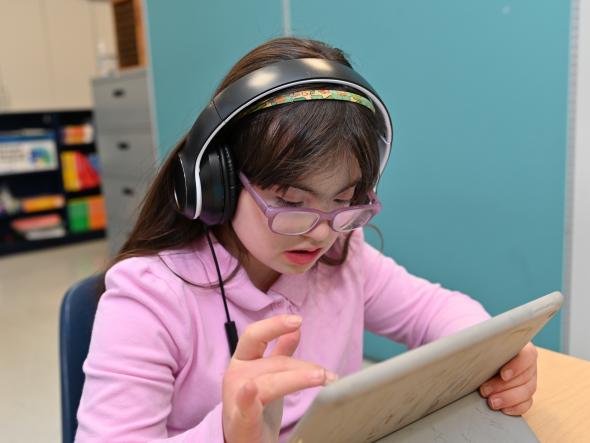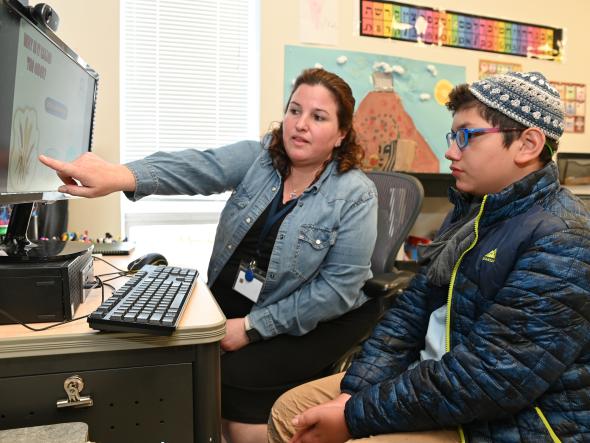Balancing screen time with real-world experiences is crucial for the overall wellbeing of children with special needs. Parents and educators should cooperate in actively promoting offline activities, such as engaging in sports, arts and crafts, outdoor exploration and social gatherings. Educators should foster social interaction among peers by incorporating group activities into the school schedule. Encouraging offline interactions helps reduce the risk of social isolation and gaming addiction while promoting essential life skills and healthy habits.
Open Communication and Professional Guidance
It is vital to establish safe spaces where children with special needs feel comfortable discussing their experiences with technology, both positive and negative. Parents and educators should work together to create an atmosphere of trust and support, assuring the children that they can share their concerns without fear of judgment or punishment. By fostering open communication, children are more likely to report any instances of cyberbullying, online harassment or discomfort with certain online interactions. Addressing these issues promptly can help prevent further harm and support the child’s emotional health.
Parents and educators should seek professional guidance and training to better understand the challenges that children with special needs face in the digital world. Workshops, seminars and educational resources tailored to these specific needs can provide valuable insights and practical strategies. Knowledgeable professionals, such as special education teachers, therapists and technology experts, can offer guidance on creating individualized plans for children with special needs to navigate the digital landscape safely.
In the face of rapidly advancing technology, parents and educators must collaboratively protect children with special needs from the potential dangers of social media, gaming addiction and other ills of technology. By fostering digital literacy, employing parental controls, encouraging offline activities, creating safe spaces for communication and seeking professional guidance, these vulnerable individuals can thrive in the digital age while remaining shielded from harm. Together, we can create a safe and supportive environment that empowers children with special needs to use technology responsibly and enjoy the benefits it offers while safeguarding their overall wellbeing.








